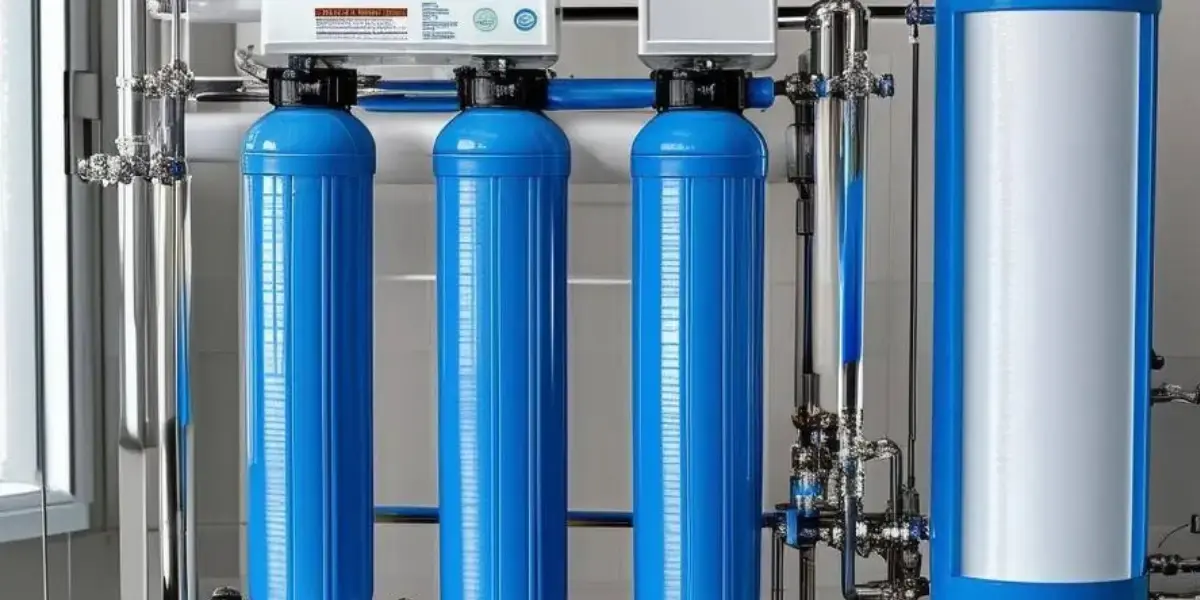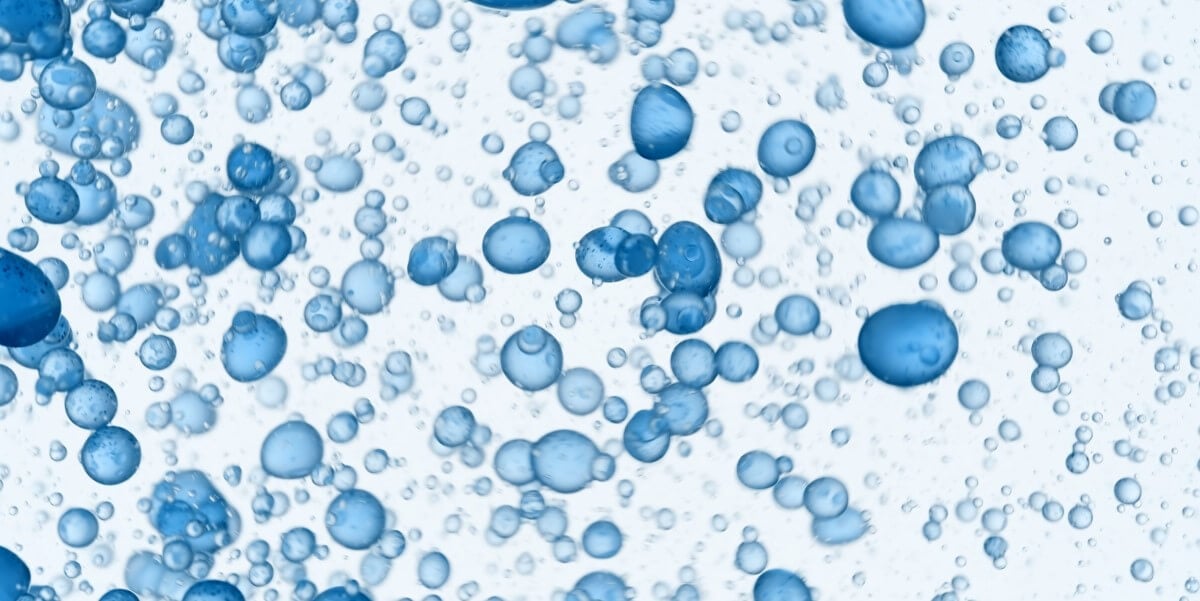Water testing; how to test water for heavy metals
Testing for metals in water is important because many heavy metals pose a threat to our health. Water testing for metals is to ensure drinking water is of high quality, to confirm limits prohibited in wastewater are being met, or to establish scale potential in water.
What metals typically exist in water?
Some of the most common heavy metals that can be found in water, and which could potentially cause health problems, are:
Aluminium - Al, Al3+, Al(OH)3
- Sources of contaminant - rock and soil leaching, overdosing at treatment plants
- Health risks - high risk associated with dialysis patients, may cause skin or tooth discolouration or affect the taste and colour of water
Arsenic - As, As(III)
- Sources of contaminant - leaching from natural deposits, wood preservatives, pesticides and industrial deposits, petroleum production, semiconductor manufacture, coal power plants
- Health risks - serious skin problems, and long-term exposure is linked to a higher risk of developing certain cancers and heart disease
Barium - Ba, Ba2+
- Sources of contaminant - mineral deposits, disposal of drilling wastes, smelting of copper, motor vehicle parts manufacturing
- Health risks - may cause difficulty breathing; increased blood pressure; changes in heart rhythm; stomach irritation; brain swelling; muscle weakness; damage to the liver, kidneys, heart and spleen
Cadmium - Cd, Cd2+
- Sources of contaminant - erosion of natural deposits, discharge from metal refineries, runoff from waste batteries or recycling plants
- Health risks - exposure over a short period of time can result in flu-like symptoms and cause damage to the lungs, while chronic exposure can result in kidney, bone and lung disease
Copper - Cu, Cu2+
- Sources of contaminant - industrial discharge as well as leaching and contamination from corrosion of copper piping used in plumbing
- Health risks - acute copper poisoning can cause symptoms of nausea, vomiting, gastrointestinal illness, abdominal and muscle pain, while severe cases have led to liver poisoning and kidney failure
Lead - Pb, Pb(PH)2, PbCO3, Pb2O
- Sources of contaminant - many older properties which have not been renovated for years may still have lead pipes, as well as lead-containing solder and old brass fittings; industrial processes, mines and smelting
- Health risks - too much lead in drinking water can cause lead poisoning which is linked to many health problems, e.g. headaches, high blood pressure, kidney failure, miscarriage or premature birth
Mercury - Hg, Hg2+, Hg1+
- Sources of contaminant - natural deposits and releases from volcanoes, forest fires and fossil fuels such as coal and petroleum. Levels of mercury in the environment are increasing due to discharge from mining, pulp, and paper industries
- Health risks - hair and fingernail changes, damage to the peripheral nervous system, fatigue and irritability
Selenium - Se, Se2-
- Sources of contaminant - volcanic eruptions and combustion of fossil fuels and other industrial by-products
- Health risks - short term exposure of high levels can cause health issues such as headaches, insomnia kidney and memory problems. In trace amounts it is an essential micro-nutrient (RDA 400µg/d)
What heavy metal limits are not to be exceeded in drinking water?
The Water Supply Regulations 2016 provide a list of metals and heavy metal limits which should never be exceeded in drinking water:
| METAL | MAXIMUM CONCENTRATION IN DRINKING WATER | POINT OF COMPLIANCE |
| Aluminium (Al) | 200 µg/l | Consumers' taps |
| Antimony (Sb) | 5.0 µg/l | Consumers' taps |
| Arsenic (As) | 10 µg/l | Consumers' taps |
| Boron (B) | 1.0 mg/l | Consumers' taps |
| Cadmium (Cd) | 5.0 µg/l | Consumers' taps |
| Chromium (Cr) | 50 µg/l | Consumers' taps |
| Copper (Cu) | 2000 µg/l | Consumers' taps |
| Iron (Fe) | 200 µg/l | Consumers' taps |
| Lead (Pb) | 10 µg/l | Consumers' taps |
| Manganese (Mn) | 50 µg/l | Consumers' taps |
| Mercury (Hg) | 1.0 µg/l | Consumers' taps |
| Nickel (Ni) | 20 µg/l | Consumers' taps |
| Selenium (Se) | 10 µg/l | Consumers' taps |
| Sodium (Na) | 200 µg/l | Consumers' taps |
What tests for metals in water are there?
Spectrometry technologies are often used to test for metals in water because they provide the sensitivity required by various regulations across the world.
These technologies include:
Atomic Absorption spectrometry (AA) - single element analysis by flame or graphite furnace
Inductively Coupled Plasma Optical Emission Spectrometry (ICP-OES) - allows for simultaneous, sequential analysis of multiple elements
Inductively Coupled Plasma Mass Spectrometry (ICP-MS) - uses an inductively coupled plasma to ionize the sample, and has greater speed, precision and sensitivity than AA
Only certain types of arsenic and mercury are toxic, so speciation analysis - the process of separating and quantifying molecular versions of a compound - can be used to test whether the toxic species are present in water. ICP-MS allows this to be done.
Treatments can be applied, as required, to deal with any metal contaminants found in the water. WCS can design, engineer, install and commission such plant.
At WCS Group, we can test for everything to provide insights into metals in water. All the parameters set out by the Water Supply Regulations can be tested as part of our drinking water metals analysis. We can also test for materials in wastewater and establish the scaling and corrosion potential of water by testing, typically for magnesium and calcium but also barium and ions like fluoride, sulphate, phosphate, carbonate and pH.
To find out more about WCS Group’s water testing parameters, get in touch here.
Topics: Water Treatment & Hygiene

Written by Jon Greaves
Jon has progressively worked through operational roles, account management, technical management, and senior management roles over the last 16 years within one of the group companies before moving into the role of Water and Air Managing Director. Jon has experience across multiple sectors of water and air compliance, including district energy networks; data centres; healthcare; food and beverage and facilities management. Jon acted as a corresponding steering committee member on CIBSE CP1 – Heat Networks Code of Practice for the UK released in 2020.



